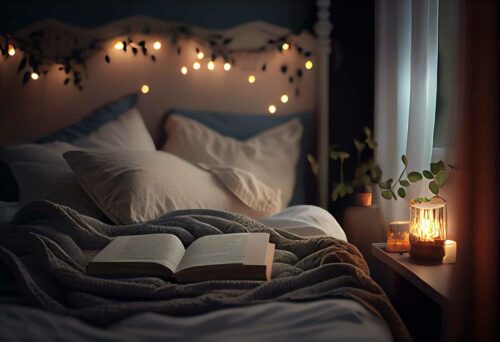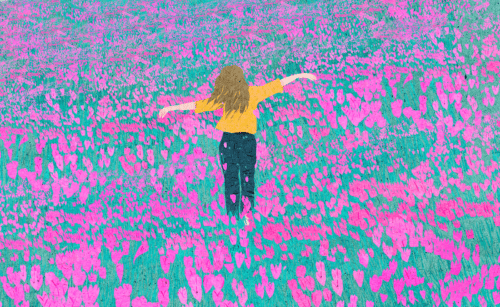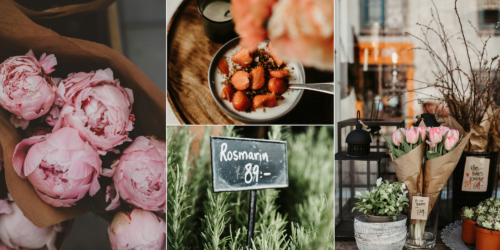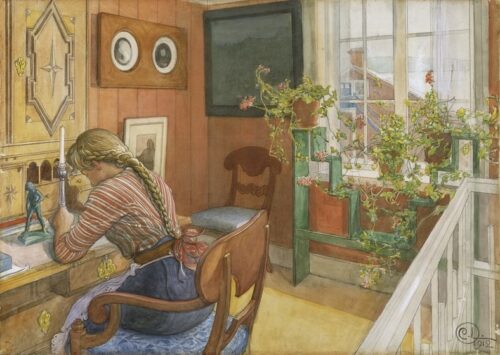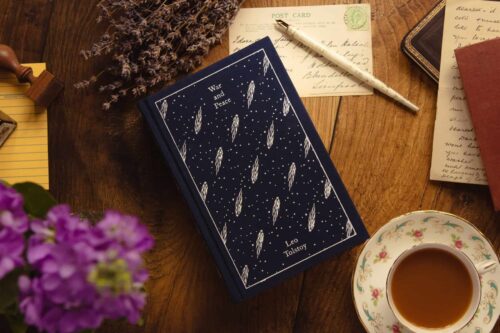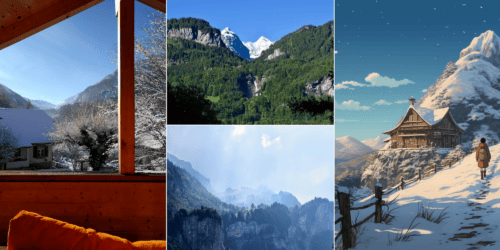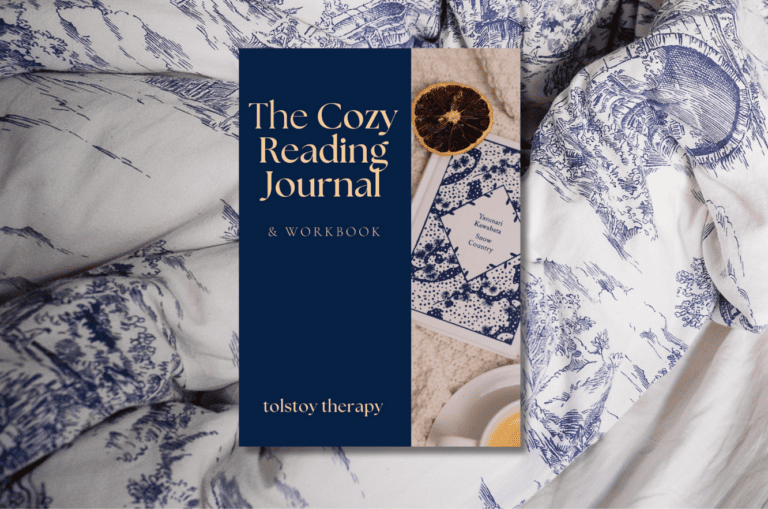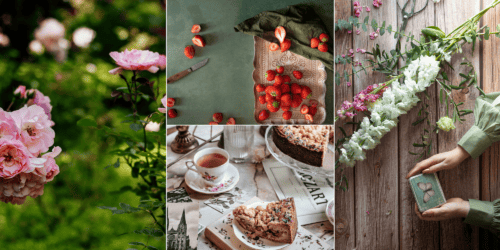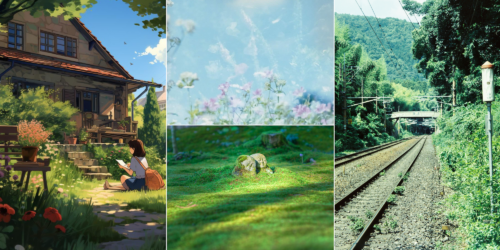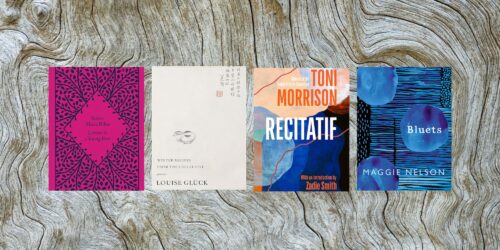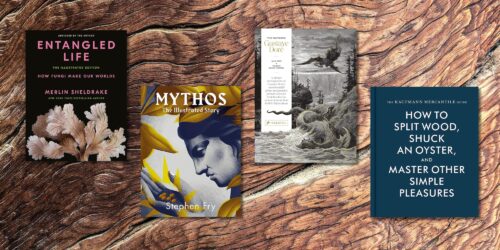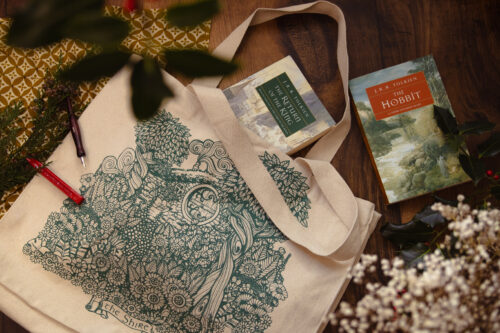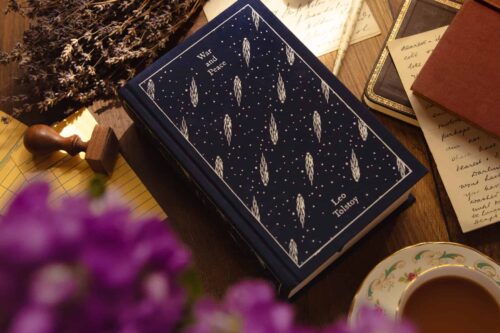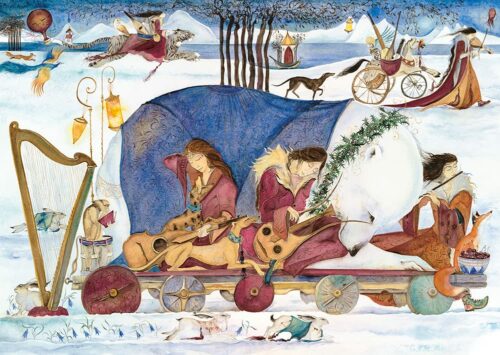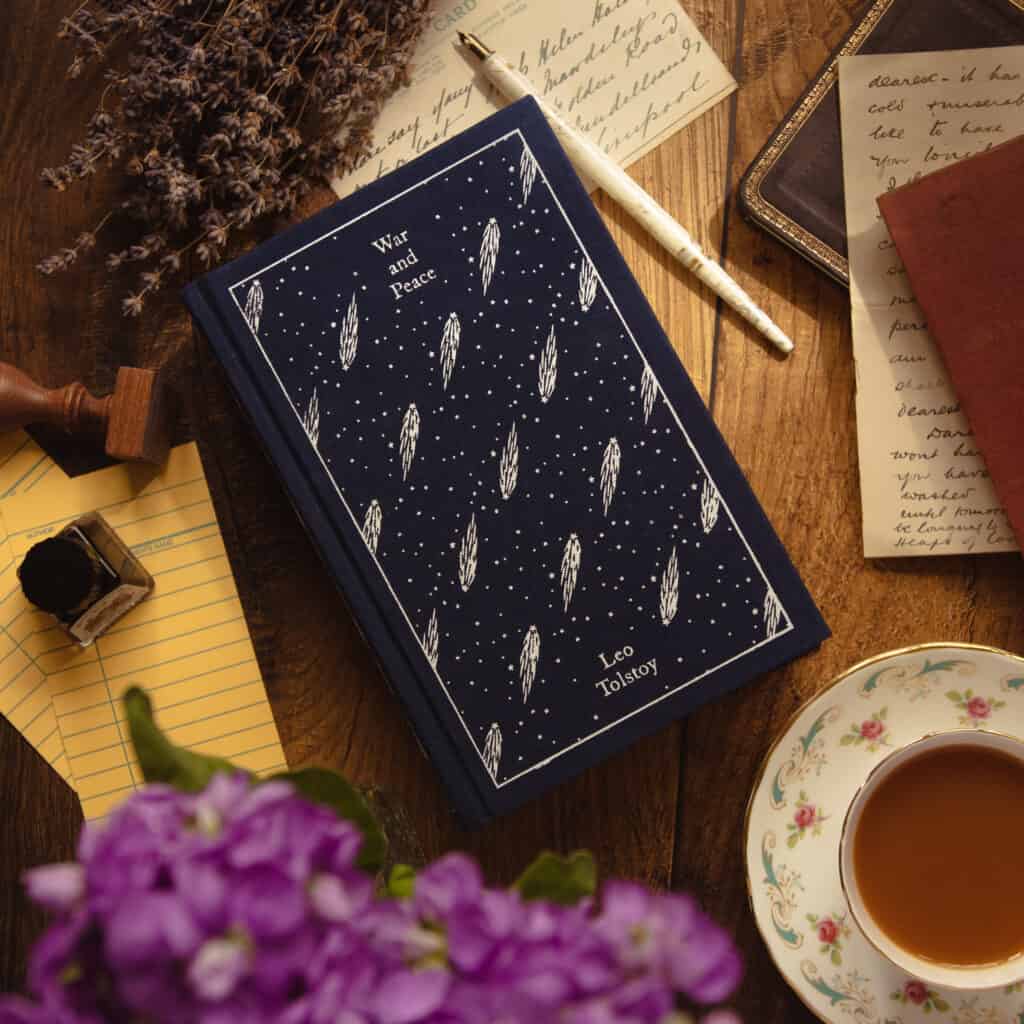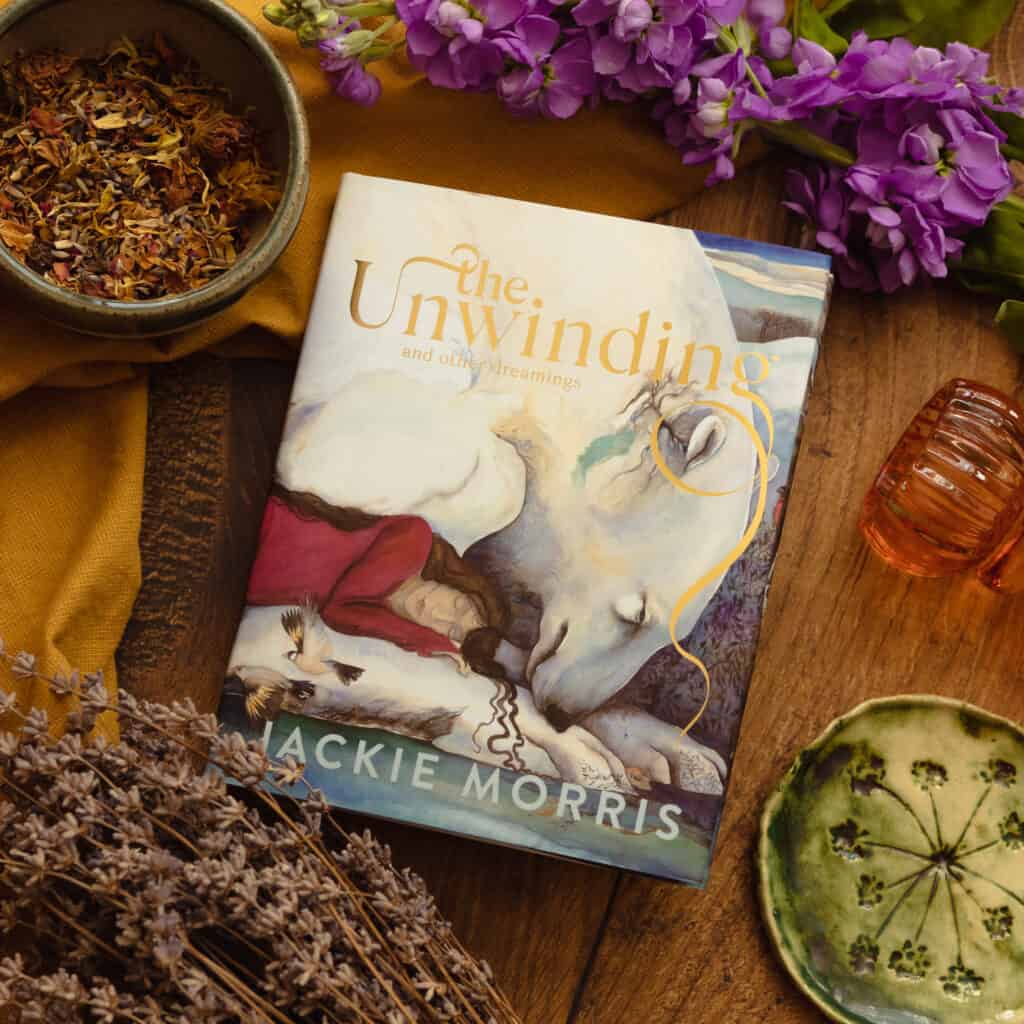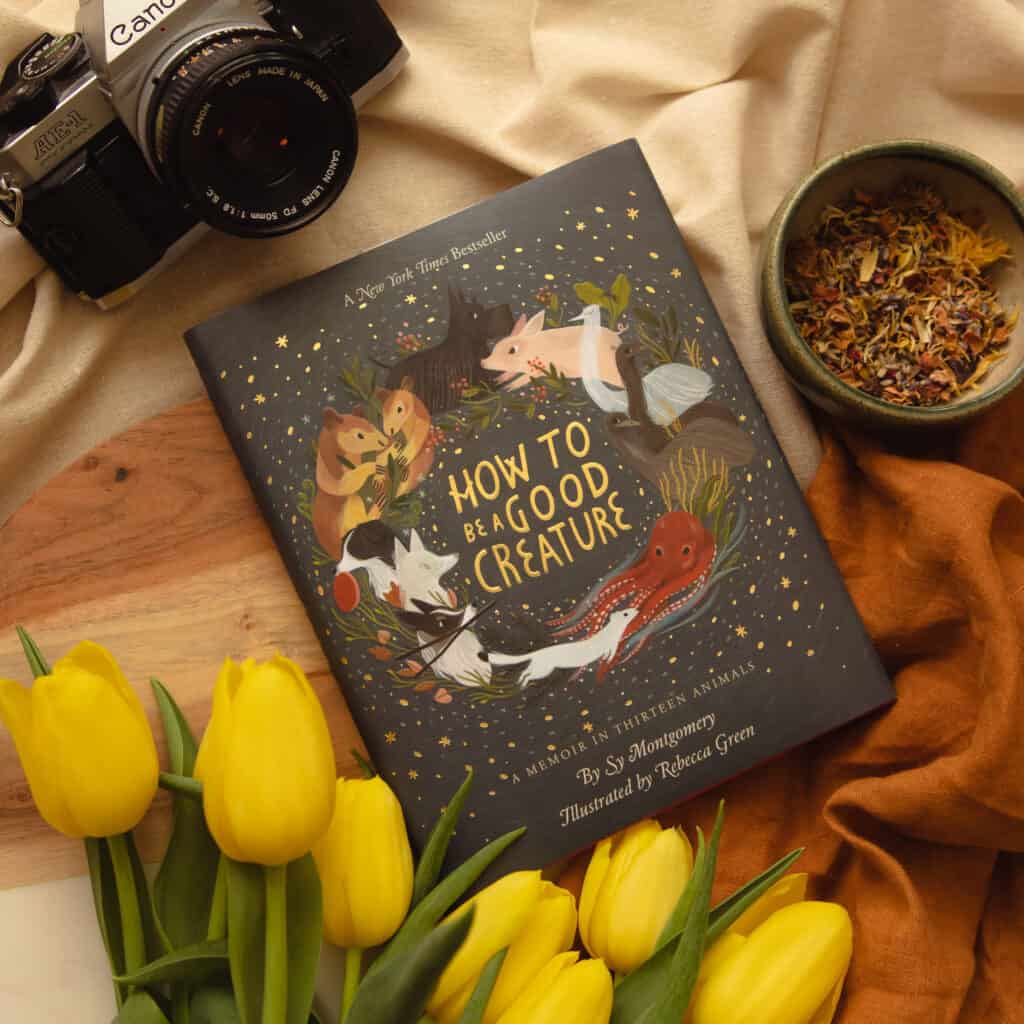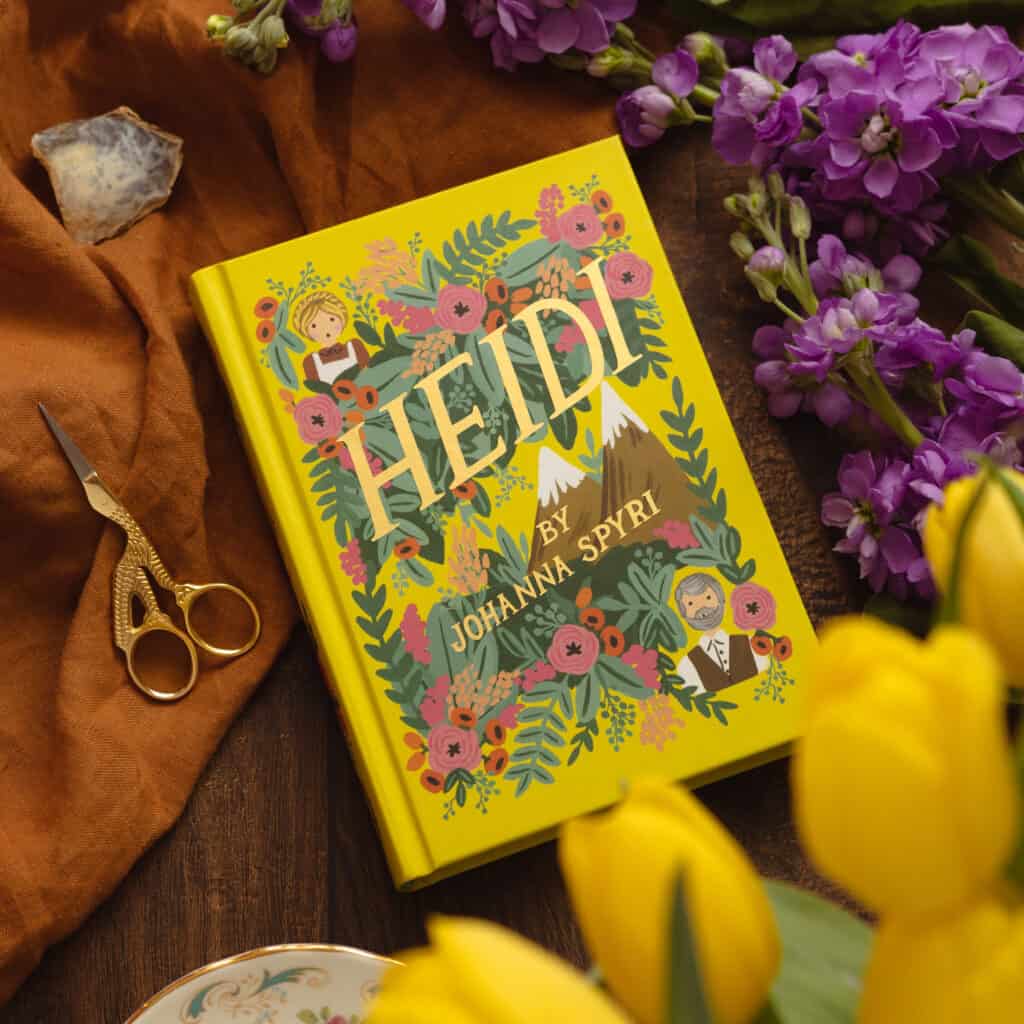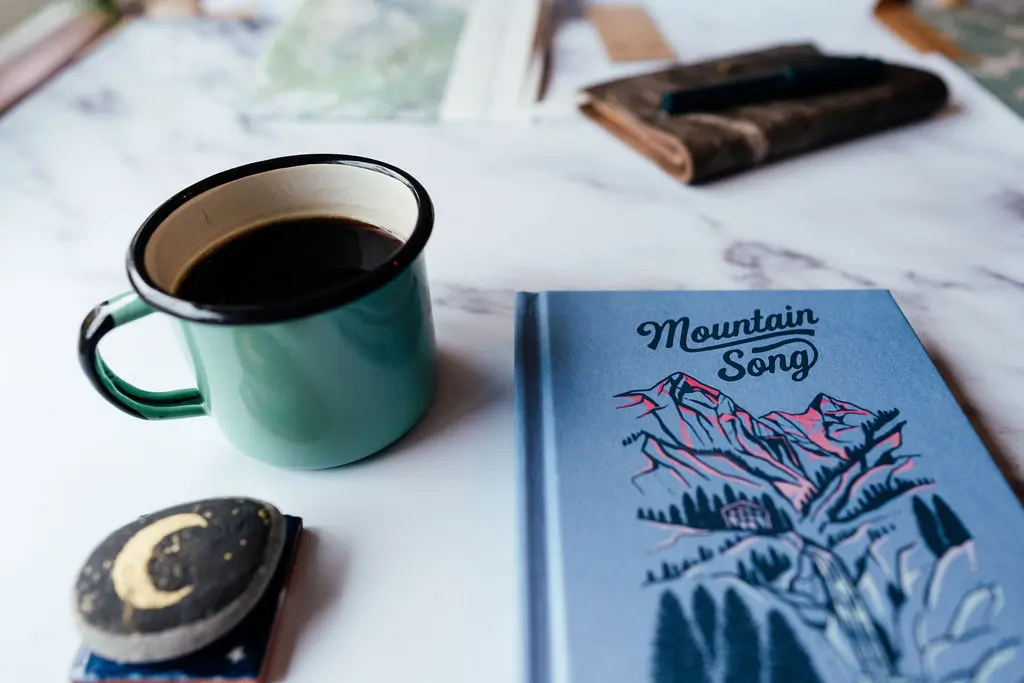Slow down, sit quietly & feel better with books.
Since 2012, Tolstoy Therapy is where I’ve shared my stories of living well with books. Take a look around and find healing, beautiful books that feel like a warm hug, best enjoyed with a good cup of tea.
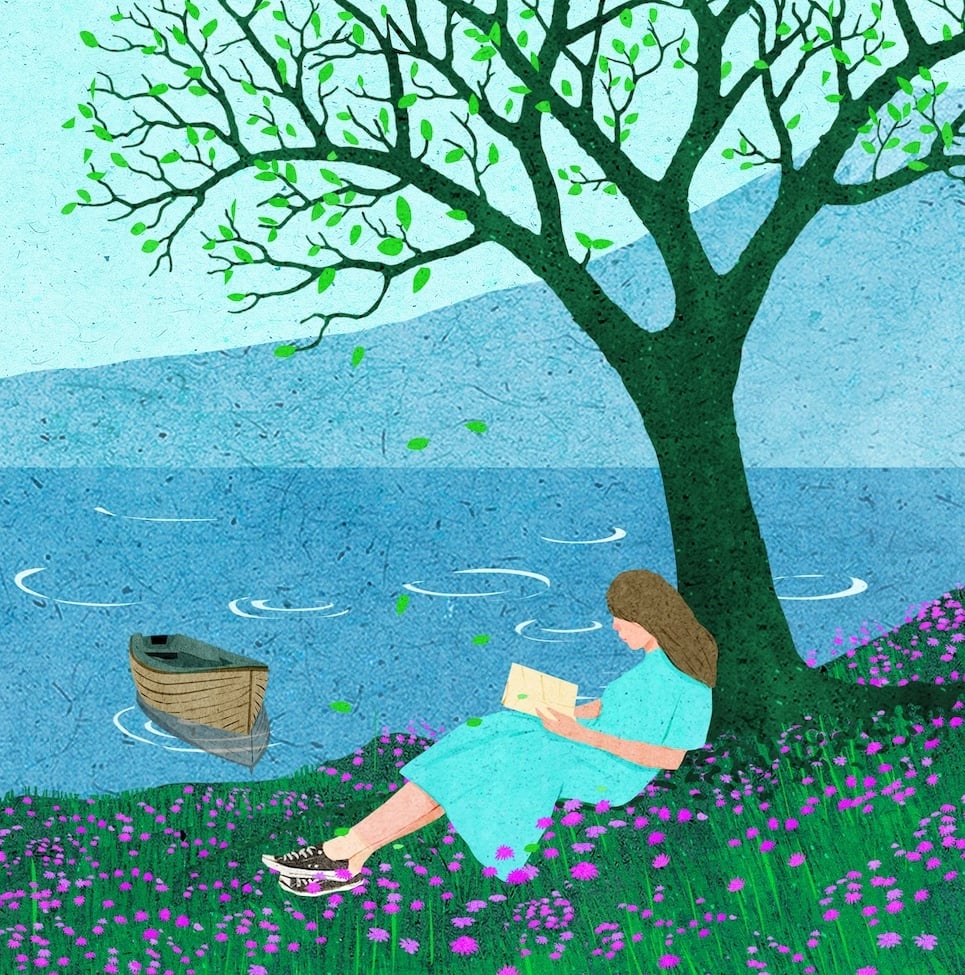
Hi, I’m Lucy. Welcome!
A bit about me… I’m British, love the mountains and nature, and now live in Copenhagen with my husband, Iain. I started Tolstoy Therapy all the way back in 2012, after reading War and Peace and realising how much it helped my anxiety. A decade and thousands of book recommendations later, I’m still here sharing the most feel-good, cozy, and beautiful books.
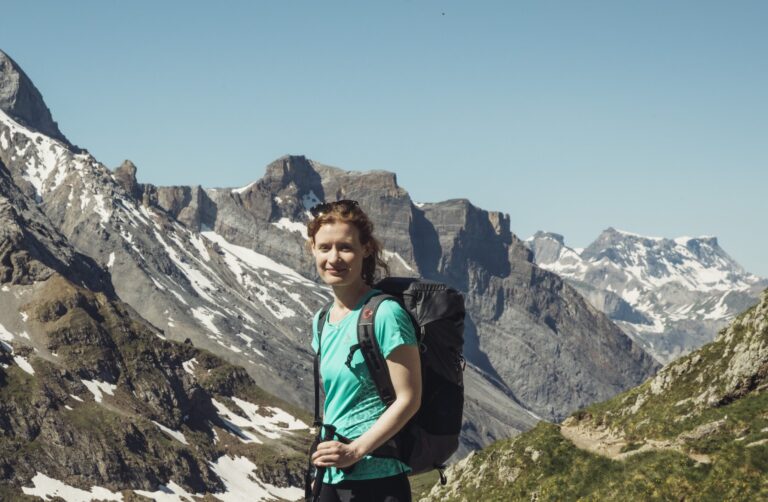
A Seven-Day Reset to Gently Rebalance Your Life
Feeling a little lost right now and looking for some comfort and guidance forwards? Shape the story of your life with gentle recalibration, soothing self-care rituals, and wisdom from the authors and characters who have been there before. Hit reset, get back on the right track, and take the time you deserve to spend on you.
Find gentle comfort in my books
Retreat into my new book, Your Life in Bloom: Finding Your Path and Your Courage, Grounded in the Wisdom of Nature.
I’m also the author of Mountain Song: A Journey to Finding Quiet in the Swiss Alps, a book about my time living alone by the mountains.

